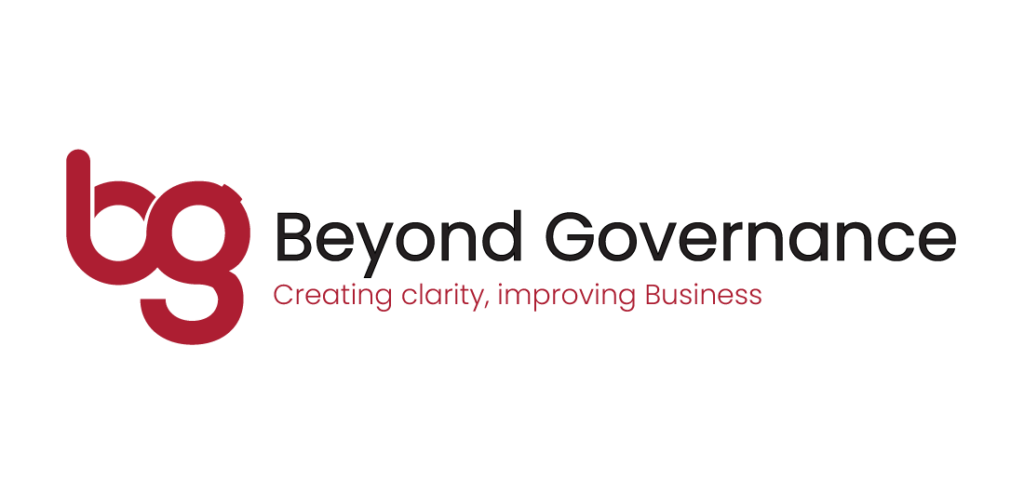You planted your acorn years ago, you’ve spent years caring for it and watching it grow and now your business is the mighty oak you always wanted it to be, so the question is, what’s next?
No-one really wants to see their life’s work vanish. Realistically, what are the different ways to step back:
- Pass over the position of CEO to a successor. For some this may mean a family member or long serving employee who has the skillsets to run the business. You could do this and maintain a position as shareholder but chances are that a successor will want an equity stake in the business. This can work well as an interim measure but you may find that long-term this doesn’t solve the issue of you fully retiring from the business.
- List the company on a stock exchange. You may have an established business with multiple employees. To continue the legacy of your business it may be worth thinking about options for raising capital. A way to do this is to change the status of your company into a PLC and list on an exchange; AIM is often a preferable choice given the fewer regulatory hoops.
- Close down. You may choose to close the business completely and cease trading. This will generally mean you will receive no return on investment for your hard work and equally put employees out of work and customers without a supplier.
- Sell your business. This will be, for many, the favoured option. Having someone put a value on your business and pay you for it is often what many of you will have as ‘the exit strategy’. This is often the silver lining and what you want for all those hours you have invested in your business.
To make option 4 viable. You need to think now on how to make your company an attractive investment. The earlier you can start thinking about your exit strategy – the better. Over the next few years, we are likely to see a lot of corporate activity. To allow companies to continue to operate in a recession mergers and acquisitions are often necessary. With this in mind, you are likely to find yourself up against competition from an investment perspective as well as from a customer base.
As the balance of favour has now tipped from seller to buyer (or is likely to over the coming months). How can you differentiate yourself from your competitors and receive maximum offers? Being a profitable business with a strong existing client base may not be enough to ensure you get the offers you want. Get your house in order now and get ‘sale’ fit. Give the prospective buyer no reason to knock an offer down. Simple ways to do this are:
- Check your operating framework. Do you have all your checkpoints in the right place? Are you operating efficiently, and do you have documented procedures which are followed?
- Check in with your company secretary. Make sure that all your legal and regulatory filings have taken place, your company books are up to date and all disclosures you are required to make have been posted on your website. Having accurate records and disclosures are the indicators of effective governance which in turn indicates a sustainable business and therefore a good investment. ESG was the buzz word for 2019 and responsible business investment (particularly following COVID-19) have been the focus for 2020. These are both measured using ‘governance’ scorings. If you can prove that you have effective governance – you can prove that you are a desirable long-term business investment.
- Separate yourself from your business. Holding meetings with colleagues when you are all shareholders and executives can sometimes seem cumbersome. However, if you are looking to separate yourself you will need to make sure that you and your business are separating as legal personalities. One of the easiest ways to do this is to set regular Board meetings with useful papers. Having business decisions recorded in minutes are also your evidence of company decisions as opposed to your own.
- Update archaic processes. For many of us COVID-19 was a chance to move quickly on changing business processes for survival. With that a lot of old processes have been moved away from, however it’s unlikely they are as efficient as you would like. Prior to selling, you will want to take this one step further and eliminate any inefficiencies.
- Identify your purpose. This factors into the long-term perspective and ESG outlook. If you understand how your business fits into society and can clearly articulate it chances are that you will again stand out against peers. If a company understands what you do and how you make money then the risk associated with investing in your company lessens.
Your exit can seem a long way off, particularly if you have just started your business. However, it will benefit you if you can think ‘early on’ about what type of exit you want and what steps you will need to take to get there.
Is succession planning your greatest risk? There are three key succession scenarios that every board should consider: Ongoing Succession, Event Driven Succession, and Emergency Succession. This article can help start the conversation around succession.




